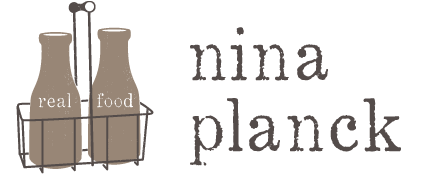Elective Cesareans: Thumbs Down
10/12/06
Three days away from a VBAC with full-term twins
JOYFUL NEWS! JULIAN CHARLES PLANCK was born on October 24. He is healthy and handsome (to me) and I'm feeling well, too. It was a long labor with several surprises - he was born by Cesarean section - which I'll tell you about soon. I'm very grateful to the many wonderful people who helped Julian to be born and for your good wishes. I am a very lucky mother. I wrote this essay, on this very topic, 12 days before Julian was born.
In the October 9, 2006 issue of The New Yorker, Atul Gawande ('The Score: How Childbirth Went Industrial') does a good job reciting the history of increasingly violent, and increasingly routine, interventions in the natural physiology of birth. Alas many of these (such as electronic fetal monitoring) increase Cesarean rates.
The Cesarean is indeed a 'magnificent rescue operation' as Michel Odent - a surgeon, obstetrician, and midwife - has called it, and in true emergencies we are grateful for it.
But it's unfortunate that there is - in the reporter's words - a 'genuine' debate about whether a healthy mother with no medical risk factors would choose a Cesarean. The September 2006 issue of Birth: Issues in Perinatal Care reported on a study of nearly 6 million births. After adjusting for medical risks, socioeconomic factors, and common causes of neonatal death (such as congenital malformations), researchers found that babies born by Cesarean section were twice as likely to die than babies born vaginally.
For mothers and babies who undergo this surgery, multiple health problems may follow, many due to the lack of hormones mother and baby produce during a physiologically normal birth. I'm afraid elective Cesareans have no place in evidenced-based obstetrics.

